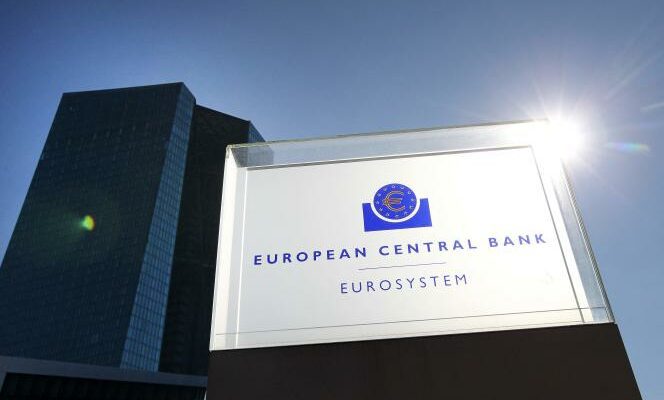Europe is not done with inflation. The rise in prices reached 8.5% in February (over twelve months), according to data published by Eurostat, Thursday March 2. This is very slightly below the 8.6% level in January, and a sharper decline from the October peak (10.1%). But the decline remains slow.
In several major European countries, inflation is even on the rise. This is the case of France (from 7% in January to 7.2% in February), Germany (from 9.2% to 9.3%) or Spain (from 5.9% at 6.1%). Incidentally, France, long the least affected country of the Old Continent thanks to the energy shield, is now roughly in the European average. Conversely, a slight decrease has been calculated in Italy, Austria or Belgium.
The only good news: the energy shock gradually subsides. The winter went better than expected, with no shortage of gas or rationing, and prices returned to their pre-war levels. Today, energy inflation in the euro zone is close to 14%, compared to around 40% at the start of autumn 2022.
Inflationary spiral
But, for the rest, the pressure on prices continues to spread to all sectors. Food, which weighs particularly on the most precarious households, is experiencing inflation of 15%, an absolute record since the creation of the euro zone. Similarly, so-called “core” inflation, i.e. excluding food, energy, tobacco and alcohol, which are more volatile elements, continues to rise, now at 5.6%, against 5, 3% in January. This index is watched very closely by economists, because it serves as a guide to the persistence of inflation. Another worrying sign, the rise in prices in the services sector reached 4.8%, against 4.4% in January.
This transmission of inflation to the entire economy is obviously not a surprise. Gradually, businesses are passing on rising energy costs to their customers. The statistics confirm this trend: at the beginning of the war, the shock was concentrated on energy prices; it then spread to food, in particular because of the sharp rise in the cost of fertilizers; then he moved on to consumer goods; it now reaches services.
The problem is that the more this reality is felt, the more the employees are pushed to ask for increases in remuneration to compensate for the loss of their purchasing power, and the more the risk of an inflationary spiral approaches.
You have 28.05% of this article left to read. The following is for subscribers only.
